^ ORIGINAL AIRCRAFT ^
SPECS (ORIGINAL TSF)

DESCRIPTION
The MiG-21 Balalaika is a 1st generation Soviet Tactical Surface Fighter developed from the F-4R Phantom, with modifications and specifications geared towards higher mobility. It is named after the Russian stringed instrument of the same name, and is a reference to the shape of each of its jump units resembling a balalaika.
HISTORY
The MiG-21 was developed by Mikoyam Guluvich Design Bureau from the F-4R due to the need for a domestic TSF design. As the Soviets were fighting on their own lands against the BETA, they required an improved TSF that could enter and exit close-combat situations reliably and with all due speed, as well as handle close-combat against the BETA.
The MiG-21, while being based off the F-4R, handles differently from its base machine, with reduced weight[1] and improved operational endurance.[2] The design of its arms and legs have been simplified by removing excess armor volume, and its shoulder armor blocks are notably smaller.[1] Other changes include a reduction in head module size and a wire cutter added to the front of its head to reduce the risk of component destruction in the heat of close-range battle,[2][1] and its Jump Units utilize Soviet components and designs, rather than the F-4's own; the resultant change in Jump Unit frame shape also increased the MiG-21's maneuverability.[1] Multi-environment adaptability, with the aim of aiding Soviet forces in combat across the varying climes of their territories, has also been worked into its design.[1]
The armaments of the MiG-21 differ from nation to nation. Apart from the WS-series of Assault Cannons and the CIWS-1A Close Combat Knife, MiG-21s of the German Democratic Republic were also seen equipped with Type-77 Battle Halberds, imported from the People's Republic of China. However, the equipment remained rare, as few pilots were able to master the heavier weapon, and more often than not, NVA pilots were seen utilizing the DS-3 Schurzen Multi-purpose Supplemental Armor to improve the survivability and close-quarter capabilities of the MiG-21.
Early MiG-21s were simply reworked F-4Rs instead of factory productions; the process of converting a Phantom into a Balalaika usually took a day. It is interesting to note that while the MiG-21 is directly related to the F-4 lineage, the vast majority of the later MiG-series TSFs by the Mikoyam Guluvich Design Bureau would be developed from, and are operationally-wise, closer to the F-5 Freedom Fighter.
DEPLOYMENT
The MiG-21 is used by the majority of Warsaw Pact countries and the Soviet Union. Of note is the deployment of Soviet MiG-21s during Operation Palaiologos; the Volk Regiment of the 43rd Tactical Armored Division was known to have used MiG-21s in the assault on the Minsk Hive, and the retrieval of what would later become the Volk Data.[2]
After the separation of central Europe from Soviet influence by the BETA advance from the Minsk Hive, the German Democratic Republic began manufacturing their own MiG-21s by analyzing their first-production batch of TSFs delivered by the Soviet Union.
Several MiG-21s are used by the 666th, 661st and other laserjagd squadrons deployed to the Oder-Neisse Defence Line in the GDR to destroy Laser-class BETA during engagements, allowing artillery and air support to work with greater effectiveness in supporting the defenders. Surviving numerous engagements, the MiG-21s of the 666th were also present during Operation Neptune, spearheading the assault on the Gulf of Gdansk alongside US, European, and UN troops.
Information courtesy of the Muv-Luv FANDOM Wiki
Aircraft performs like its predecessor, albeit with a few slight adjustments, especially the weapons.
Specifications
Spotlights
- Inuyasha8215 5 months ago
- HanakoSan 6 months ago
- TypicalFictionalZ 6 months ago
General Characteristics
- Predecessor Mig-21 MF East German
- Created On Windows
- Wingspan 23.8ft (7.3m)
- Length 45.8ft (14.0m)
- Height 11.8ft (3.6m)
- Empty Weight 16,352lbs (7,417kg)
- Loaded Weight 24,579lbs (11,149kg)
Performance
- Power/Weight Ratio 2.742
- Wing Loading 100.2lbs/ft2 (489.4kg/m2)
- Wing Area 245.2ft2 (22.8m2)
- Drag Points 5396
Parts
- Number of Parts 205
- Control Surfaces 7
- Performance Cost 909

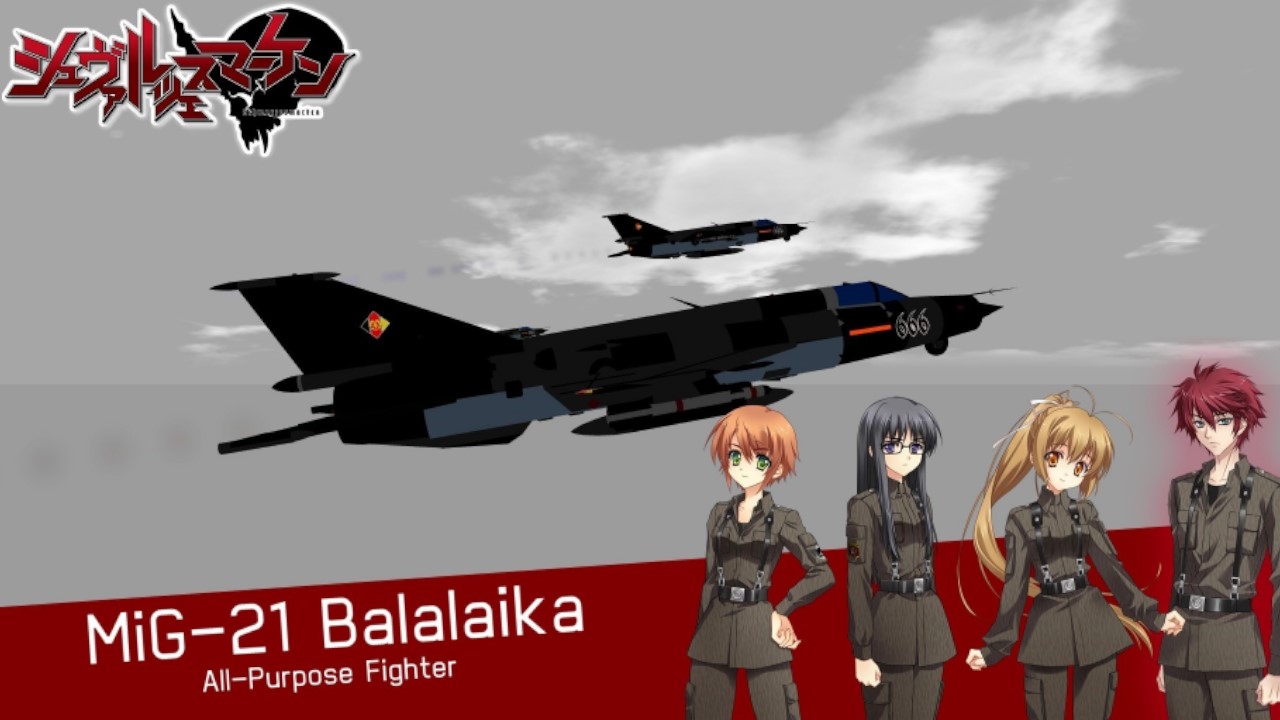
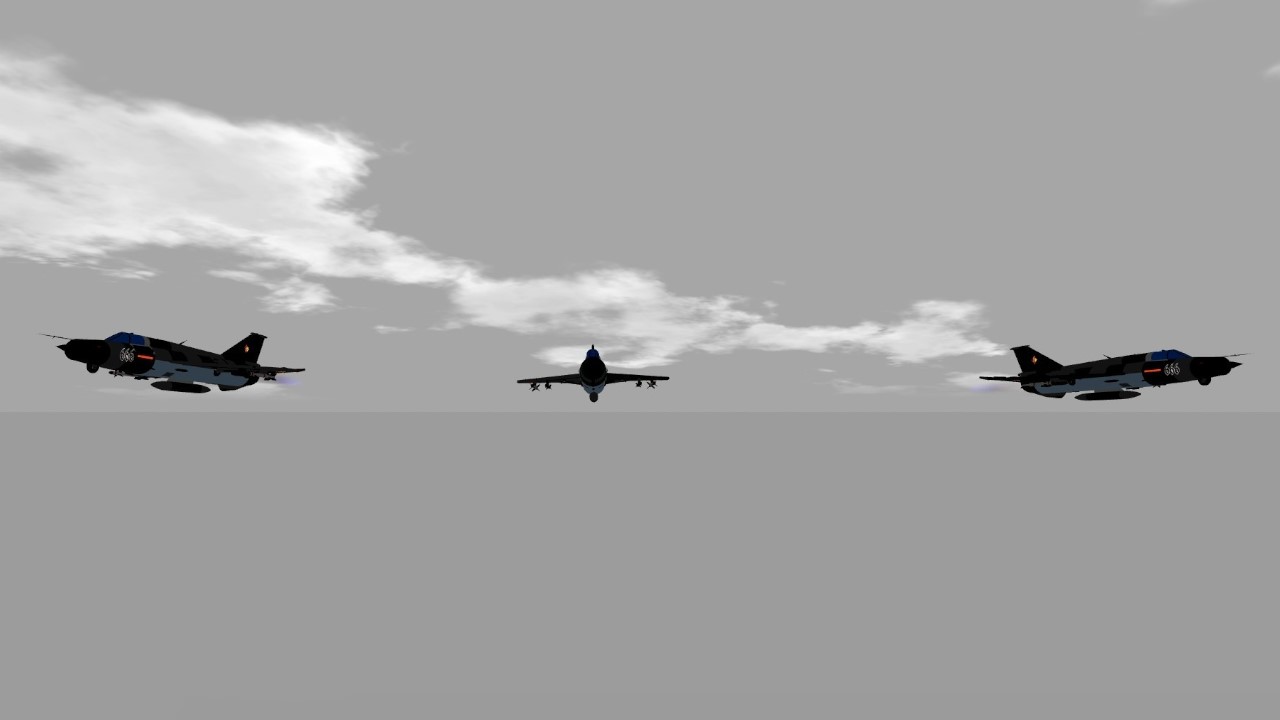
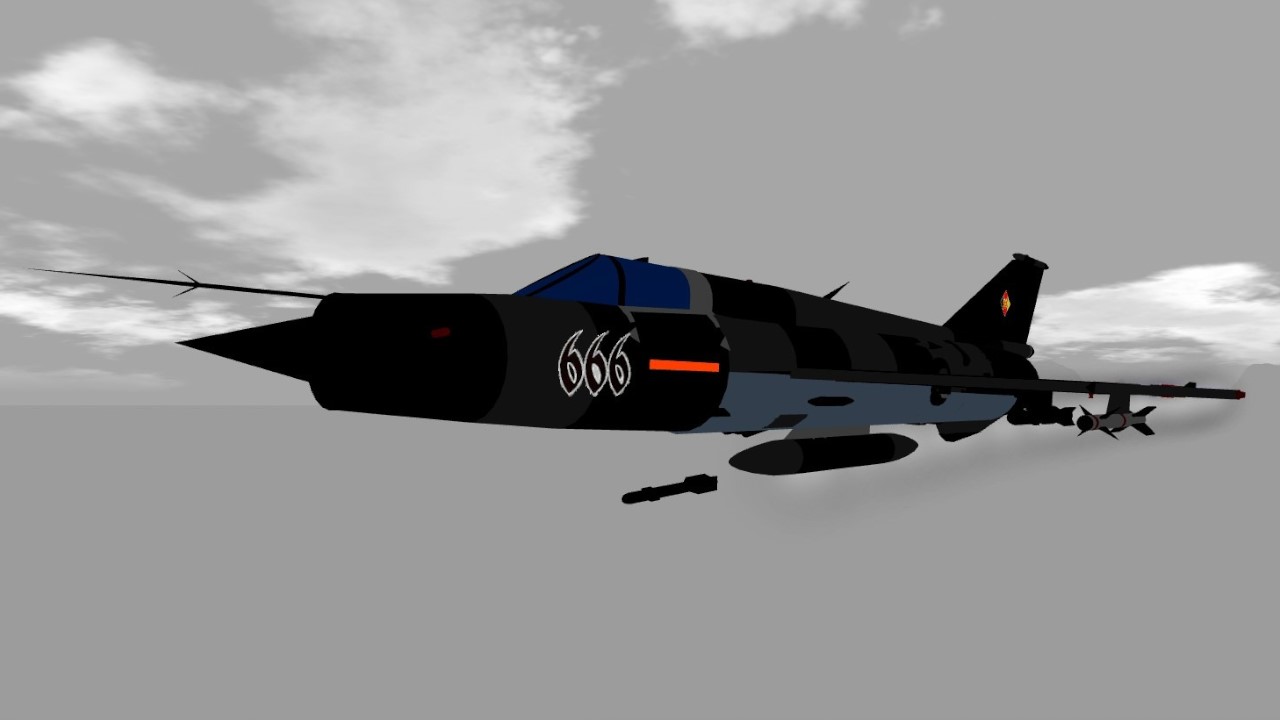
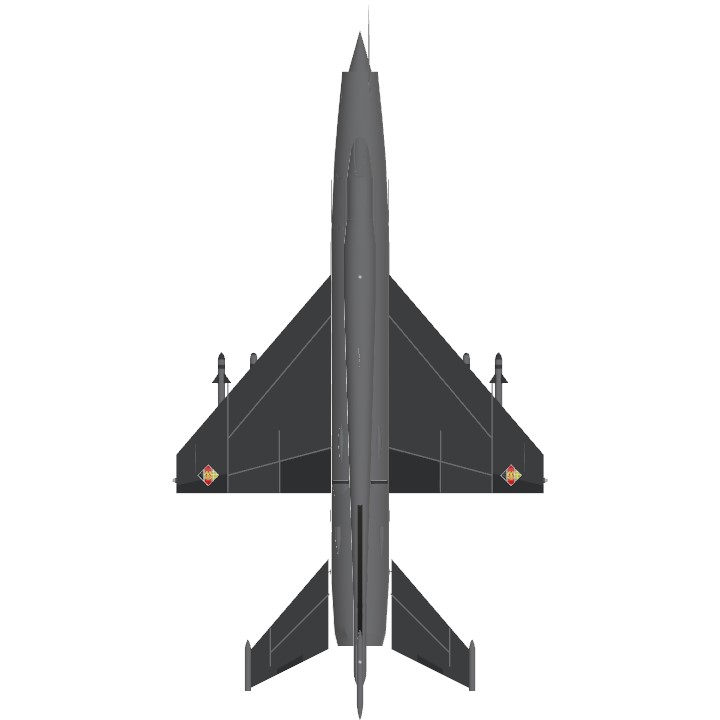
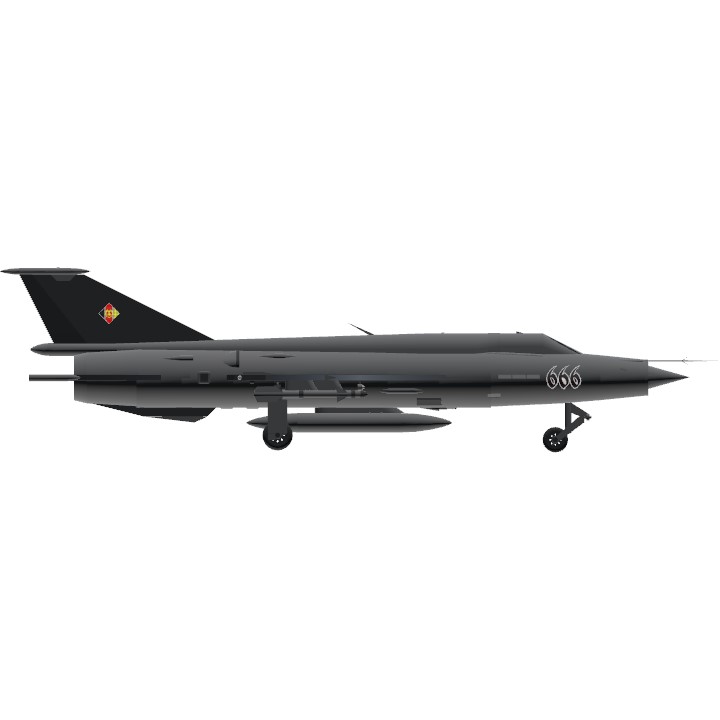
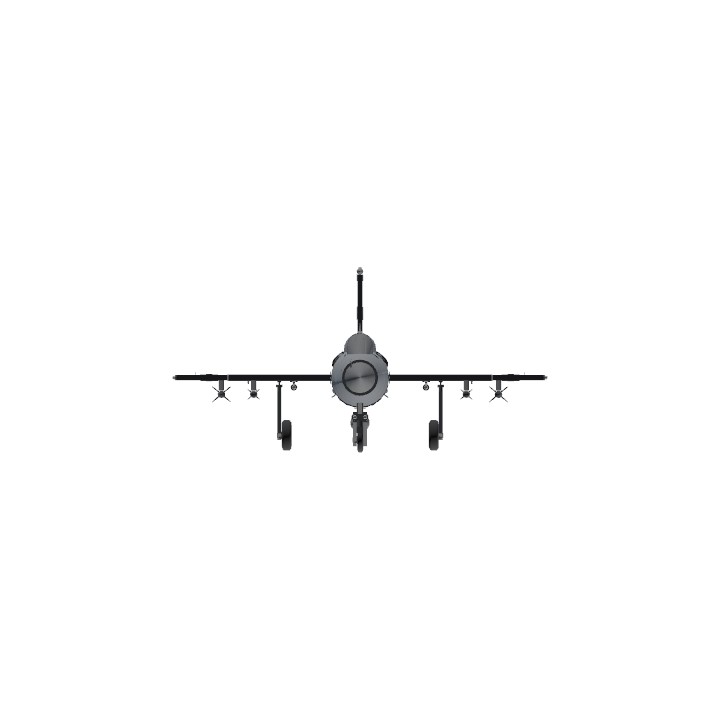
Can you build the zetatech valgus
Yo
@Inuyasha8215 thanks man
Welcome back, long time no see.